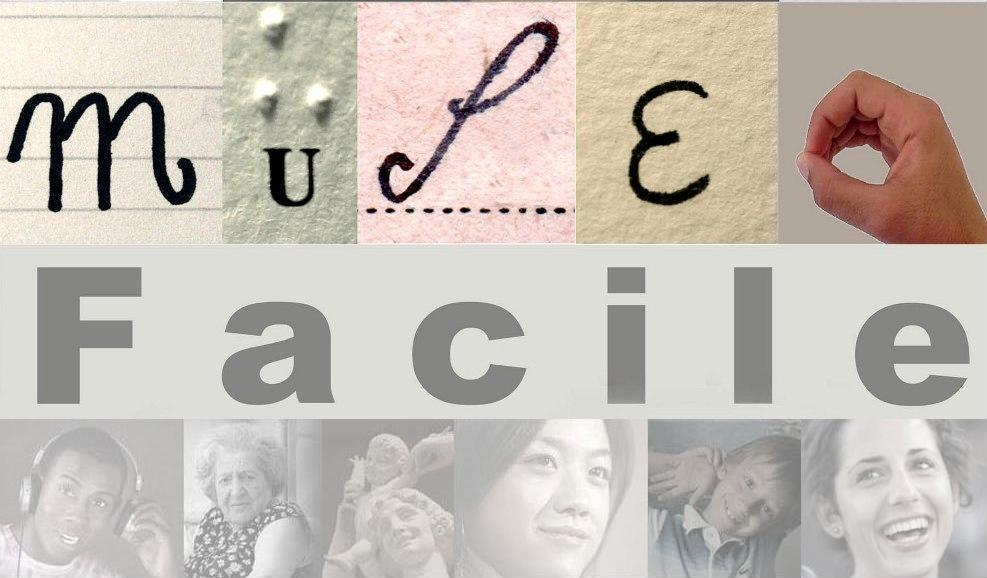Wainscoting: a type of decoration located in the lower portion of a building’s interior walls; it can be executed as a painting or as actual panels (in a variety of materials).
T
Transept: a longitudinal architectural element which is located at the presbytery of a church and arranged perpendicularly to the apse and nave. Trapezoid-Shaped Capital: a type of capital (an architectural element usually placed on top of a column) with a flattened volume and trapezoidal shape. Triple Lancet Window: a window with three arches separated by […] Read More
S
Scriptorium: a place in medieval monasteries where codices were transcribed. St. Andrew’s cross: St. Andrew’s cross is used to indicate crossroads in European road signs and at railroad crossings. It a Greek cross placed on its side.
R
Register: the levels into which a work of art is divided.
Q
Quadriporticus: a portico located along the four sides of a courtyard in front of Early Christian and Romanesque basilicas. Quincunx: a motif that reoccurs in Byzantine and Cosmatesque floors. It is composed of four medallions placed around a fifth one that are all linked together with intertwined bands.
P
Parapet (pluteus): a smooth, carved or inlaid marble panel, placed vertically and used as an enclosure and or religious furnishing. Polychrome: an adjective of Greek origin, meaning “of many colors”. Presbytery: area within the church reserved for the clergy; it includes the apse and the space around the main altar. Purple: type of red, originally […] Read More
M
Marble Inlay (opus sectile): a mosaic technique using various kinds of cut, marble slabs (hence the name opus sectile, Latin for “cut work”). Once cut, the slabs are shaped and juxtaposed without leaving intermediate spaces, creating a variety of geometric and figurative (especially floral) images. Meander pattern: an ornamental border of Greek origin characterized by […] Read More
L
Lintel: an architectural element crowning a door, a window or a colonnade that is placed horizontally on weight-bearing structures (columns, pillars, jambs). Liturgy: the set of formulas, prayers, readings that are recited during religious ceremonies. Loggia: an architectural space open on one or more sides through a sequence of columns or pillars. It can serve […] Read More
J
Jamb: the architectural elements placed vertically at the sides of an entryway, arch or window.
I
Iconostasis: a high liturgical barrier, present since the 11th century in the Eastern Greek churches and only rarely in the West, used as a dividing element to separate the choir from the nave, and as a surface on which to expose a variable number of icons to the faithful. Illuminated manuscripts: handwritten, books with […] Read More
H
High Relief: a sculptural technique in which figures or ornaments very clearly emerge from the work’s background.
F
Fleur-de-lis: a heraldic device and emblem of the royal house of France used in the French coat of arms since the 13th century. It is shaped like a lily with three, arced petals.
C
Choral Books: large, hand-written music books used by church or cathedral choirs throughout the Middle Ages and the Renaissance Coffered: referring to coffers, or carved cavities in a ceiling or vault. Coffers are usually arranged in a regular fashion and enriched with decorations. Column-bearing: italians use the word stiloforo, a term of Greek origin literally […] Read More
B
Books of Hours: books that accompany personal, daily prayer. The first Books of Hours appear in the mid-13th century and derive from Breviaries and Psalters.
A
Acanthus: an herbaceous plant with large, glossy leaves with an oblong shape and quite jagged edges. Due to its remarkable decorative effect, it found widespread use as an ornamental pattern in architecture and painting, from the Hellenistic period onwards. Apse: an architectural structure generally formed like a semicircular wall covered by a half dome vault. […] Read More
Glossario. Le parole dell’arte
Ordine composito è uno stile architettonico romano che unisce il capitello ionico (a volute) e quello corinzio (con le foglie di acanto). Capitello a Stampella è un tipo di capitello che ha approssimativamente la forma di un trapezio. Stiloforo è un aggettivo usato per indicare animali scolpiti in marmo, generalmente leoni come in questo caso, che servono […] Read More
